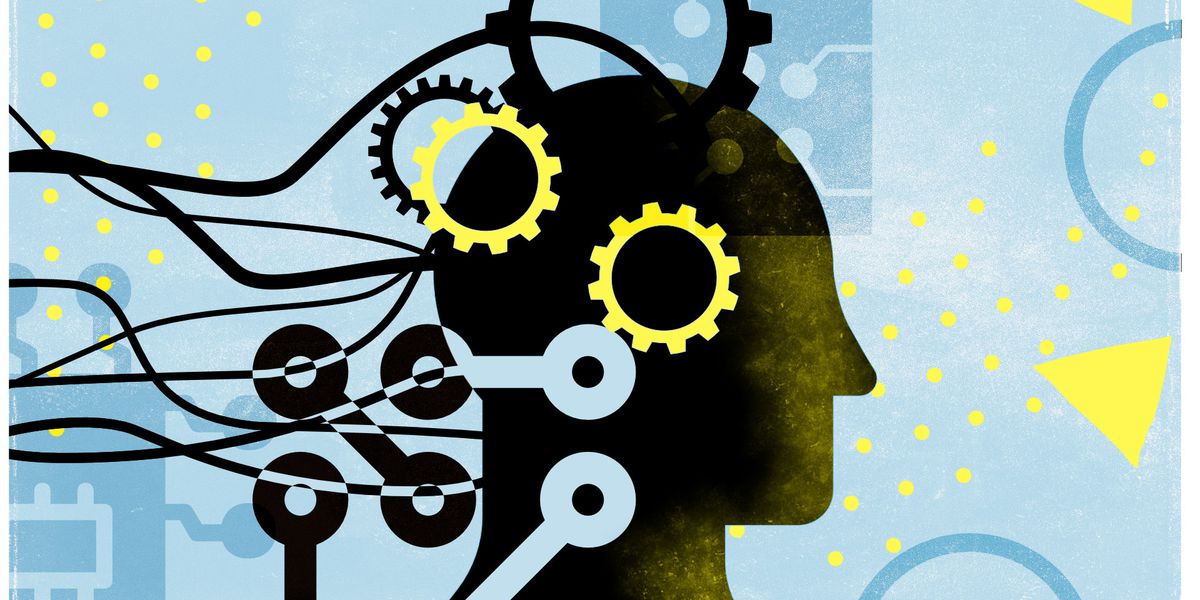Five Reasons AI is Not Perfect and How To Fix It
It’s safe to say that artificial intelligence is the future. Since it gives near-human responses, one might believe AI is perfect; however, this is not the case. With this in mind, using AI for making complex and crucial decisions has been under scrutiny. If you use black betinasia for example you can benefit from the technology but how can you trust that it is 100% accurate?
There are many reasons why AI may be biased, and unfortunately, not all come with solutions. This article enlightens you on the causes of this one-sided feature and possible solutions.
ad
1. One-sided Information
It’s important to note that AI is designed to mimic humans as much as possible. As a result, they learn in the same way as people do—through information. This means artificial intelligence bots can collect, understand, and use information to make decisions.
There’s a lot of one-sided information that can be obtained quite easily. If creators use such information to write algorithms, it will cause the AI to become partial. Understanding how to fix this issue
ad
is easy; creators must ensure that the information obtained by the AI is as accurate and neutral as possible. Putting this into actual practice, though, is significantly much more complex.
1. Lack of Diversity
Humans create AI, which gives room for intentional bias. If the group of creators consists of people with similar perspectives, the AI will also think along the same line. This is because this group will write the algorithm based on their views and understanding.
The best way to fix this AI bias is to ensure that the AI team contains different people with distinct ideologies.
2. Incomplete Algorithm
Sometimes, an algorithm might be unable to cover a specific occurrence. In this case, the algorithm is incomplete. The algorithm must consider all factors to enable the AI to make correct decisions.
Most AI experts don’t write complete algorithms, as it’s almost impossible. Of course, this problem affects the general behavior of AI.
1. Getting the Right Information is Difficult
Before writing an algorithm, experts collect information from regular people. This is to ensure that the AI is as human as possible. However, the process of gathering information is stiffly regulated.
Laws have been put in place to safeguard the privacy and rights of the people being studied. Although these laws help enforce people’s rights, collecting information takes time and effort. For this reason, the algorithm will cause the AI to be as one-sided as the information. The best way to solve this AI bias problem is to ensure that all helpful information can be easily obtained.
2. Biased Models
At times, experts borrow existing models to obtain information quickly. However, if the model is biased, its information can’t be trusted. There are many cases where models have set bad
examples for AIs. To prevent this, ensure that all models are tested and evaluated to be unbiased.
The future of AI
Since tech experts have detected a bias in AI, it might take decades before this technology takes over. More innovative and creative solutions are needed to solve this AI bias problem. Until then, it’s best always to consider that using AI services might result in an error.



Comments are closed.